SYMPOSIST
「Safety Measures in Sports Field」
Yutaka Saho / Owner, Sports Safety Japan
THE 1st TOKYO INTERNATIONAL
SPORTS MEDICINE INNOVATION FORUM
Three leading sports medical professionals share their thoughts on the present status and the future innovation of the athlete support from their respective domain.
SYMPOSIST
Yutaka Saho / Owner, Sports Safety Japan
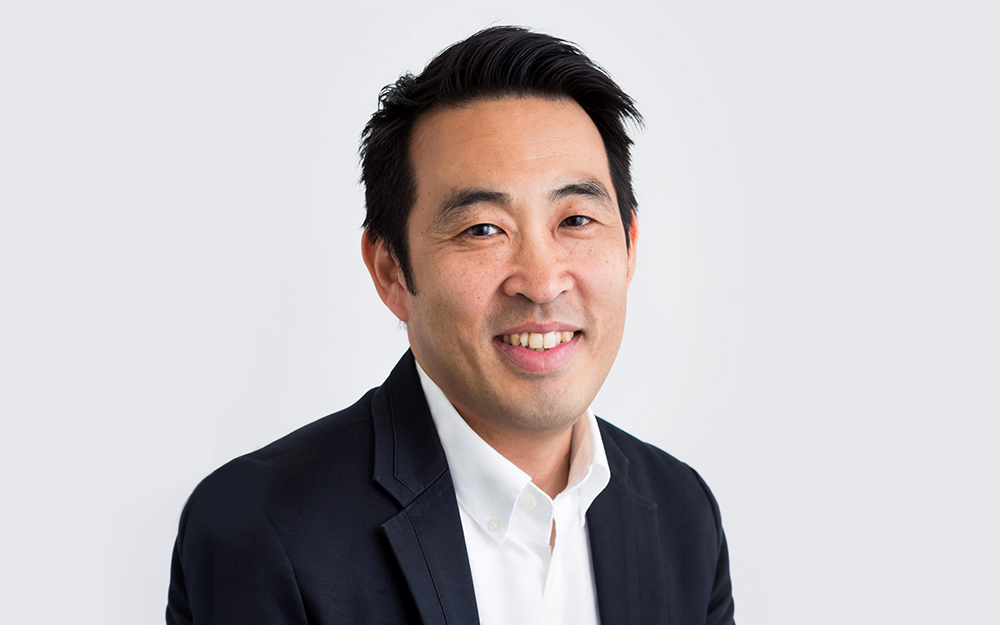
Establishing Safety Environment in Sports
Although the awareness of safety in sports has been increasing, there is no clear guideline issued in Japan. Most fatal accidents and catastrophic injuries in sports are caused by Sudden deaths (Cardiac arrests), Head/Neck injuries, and Heat strokes. The safety environment in sports must be established by 3 pillars of actions, 1) Learning (Personnel), 2) Installing (Equipment), and 3) Planning (Emergency Action Plan). Preparation is more important than reaction in emergency situation, therefore the safety environment must be established in advance regardless of the levels or types of sports,
SYMPOSIST
Michi Ishikawa / CEO, LAC-U
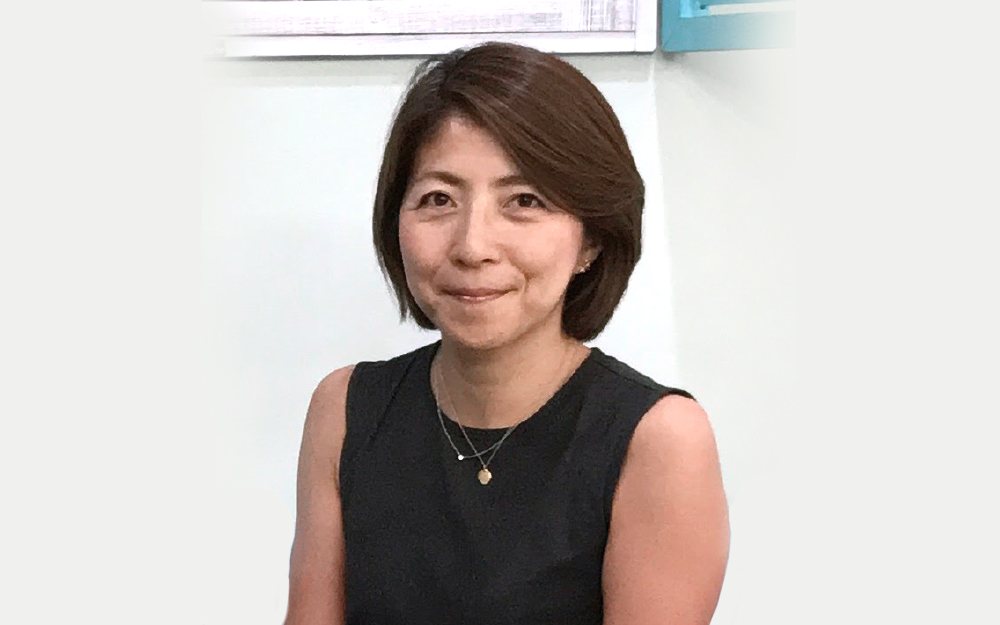
Nutritional management in the sports scene
Importance of diet and nutritional management in sports has been gaining attention in these days. However, comparing with other fields such as sports medicine, physical training and conditioning, sports nutrition is yet in its early stage of study and practice. Since nutrient intake - or diet - is a part of everyone's daily life, we observe a variety of customs and traditions and are exposed to a ton of information. And since it's one of the hot topics where so many studies are being done nowadays, it's vitally necessary for us to pick and choose from them to provide a fruitful support. In order for us to accomplish this goal, it is important to understand the border between daily diet and nutrition intake specifically necessary in sports. Just taking care of the diet - nutrient intake - is not enough. Along with training and sleep, it has to be recognized as one of the elements that help improve the performance of the athlete. We need to keep looking for better solutions to even raise the quality of other two elements. An approach which helps athletes naturally develop a self-motivated will to continue good dietary habits and nutrient intake is earnestly sought.
SYMPOSIST
Norikazu Hirose / Professor, Waseda University Faculty of Sport Sciences
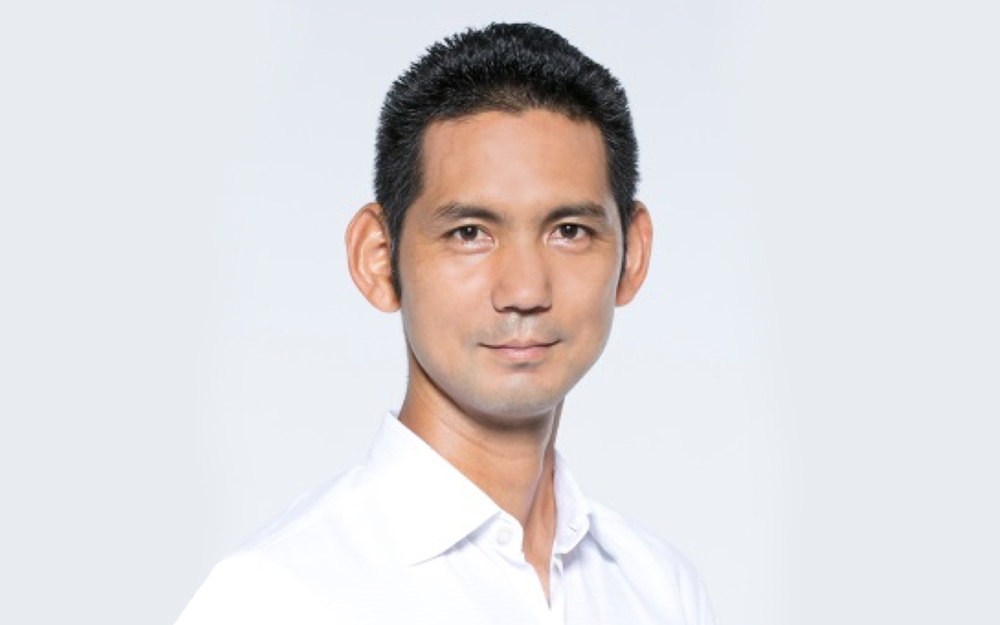
Five authorities from different domains give us their perspective on the present status and the future innovation of the sports medicine.
SYMPOSIST
Ken Nakata / Professor, Orthopaedic Surgery, Osaka University Department of Health and Sport Sciences
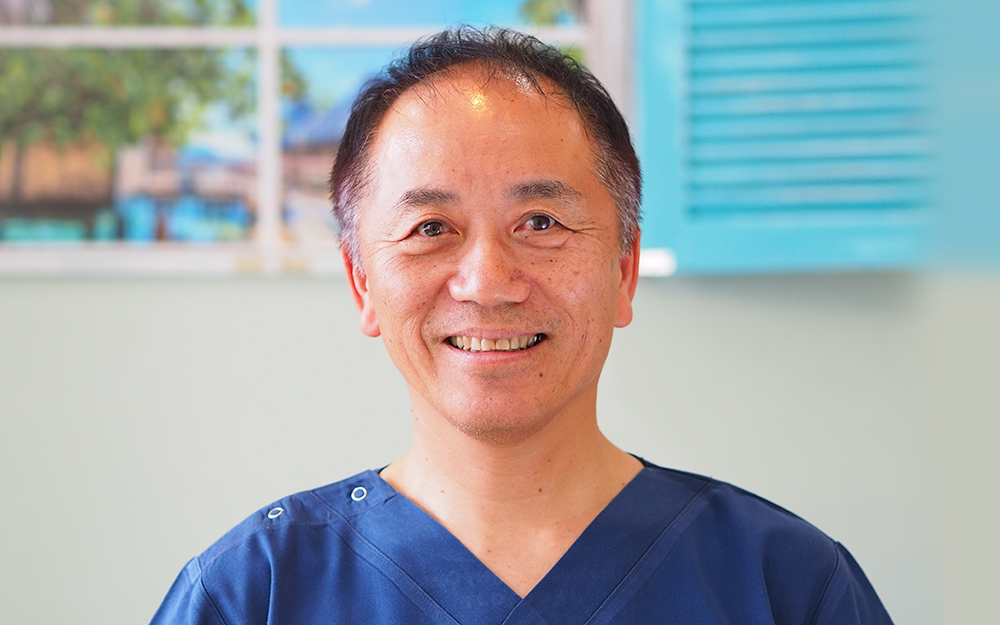
General Statement
The missions of sports medicine are to show injured athletes the way to return to play (RTP), to prevent from the injuies (IP), to support high performance (HP), and finally to provide health care (HC) for the athletes and active people for all ages and abilities. Towards and beyond 2020 Tokyo Olympic and Paralympic, sports medicine will make further progress for RTP, IP, HP and HC by open innovation of medicine, ICT, engineering, nutrition in collaboration with Japan Sports Agency, academia, National Federation, and companies using new devices, big data analysis, and artificial intelligence.
SYMPOSIST
Tsukasa Kumai / Professor, Waseda University Faculty of Sport Sciences
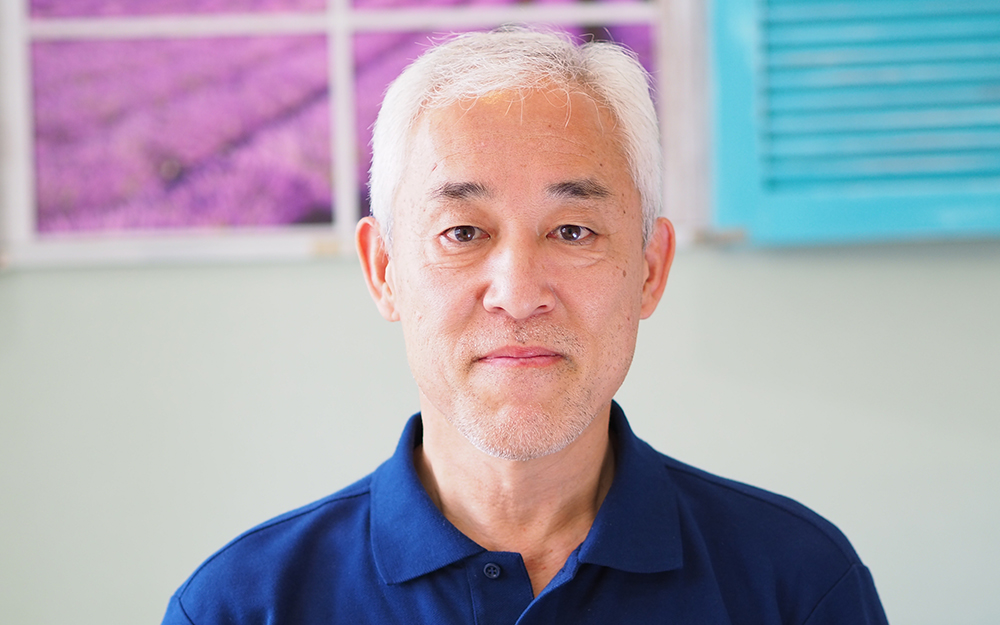
SYMPOSIST
Hiroyuki Sugaya / Director, Shoulder & Elbow Service, Funabashi Orthopaedic Sports Medicine Center
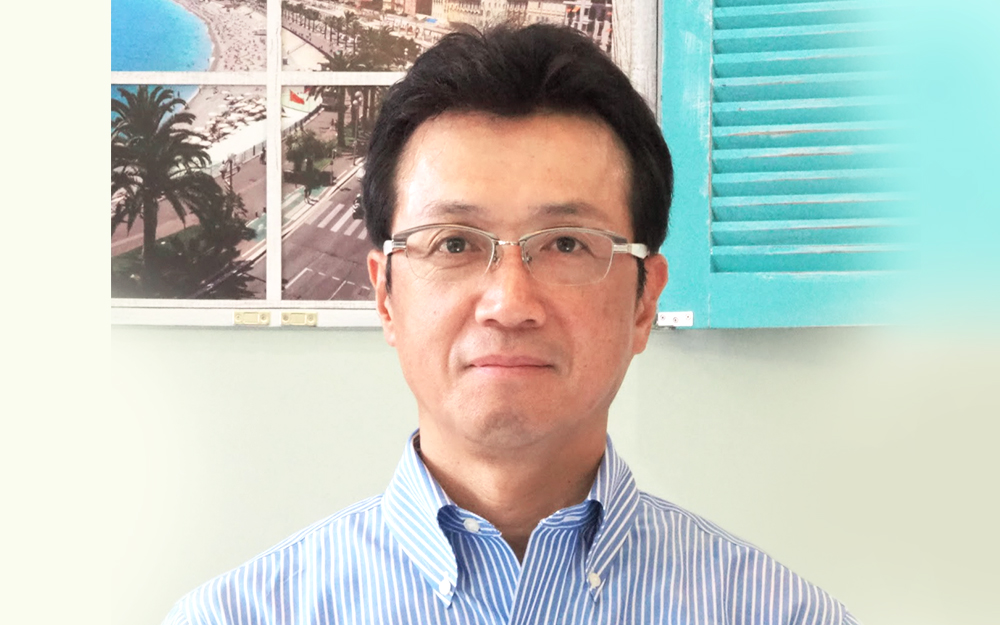
Treatment Rationale for Shoulder & Elbow Injuries in Throwers
Throwing injuries are very common among throwers and variety of pathologies have been described including labrum lesions, PASTA lesion, Bennett lesion, and UCL injuries. However, although these pathologies can be a source of shoulder and elbow pain, it is also a consequence of repetitive throwing with deteriorated mechanics based on dysfunction of scapulothoracic articulation along with trunk and lower extremities. Therefore, regardless of pathologies, correction of dysfunction as well as throwing mechanics by physical therapist and athletic trainer should be the first choice of treatment, and this conservative treatment is effective to eliminate or reduce symptoms in most throwers. Surgical intervention is considered only when throwers who have evident anatomical problems remain symptomatic even after proper conservative treatment with a certain amount of period. To date, however, we have not yet reached to consensus regarding pathomechanics and treatment rationale among physicians (surgeons) in this difficult topic. Therefore, conservative approach and surgical indication are a bit different among surgeons and countries. Towards 2020, we need pile up evidence based on basic and clinical researches and develop consensus among therapists and surgeons.
SYMPOSIST
Koji Kaneoka / Waseda University Faculty of Sport Sciences
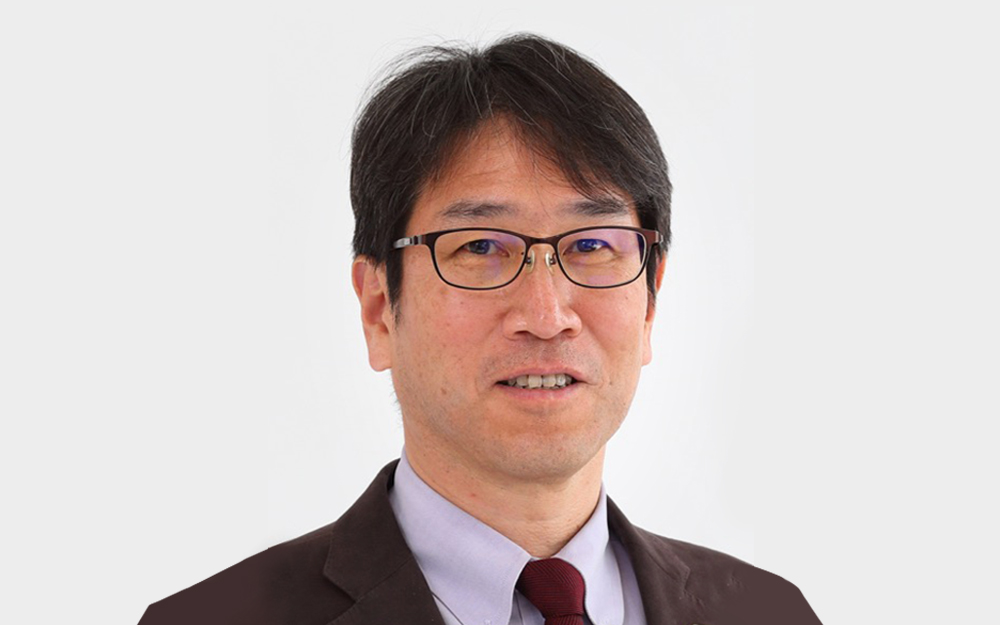
SYMPOSIST
Tatsuo Mae / Lecture, Orthopaedic Surgery, Osaka University Graduate School of Medicine
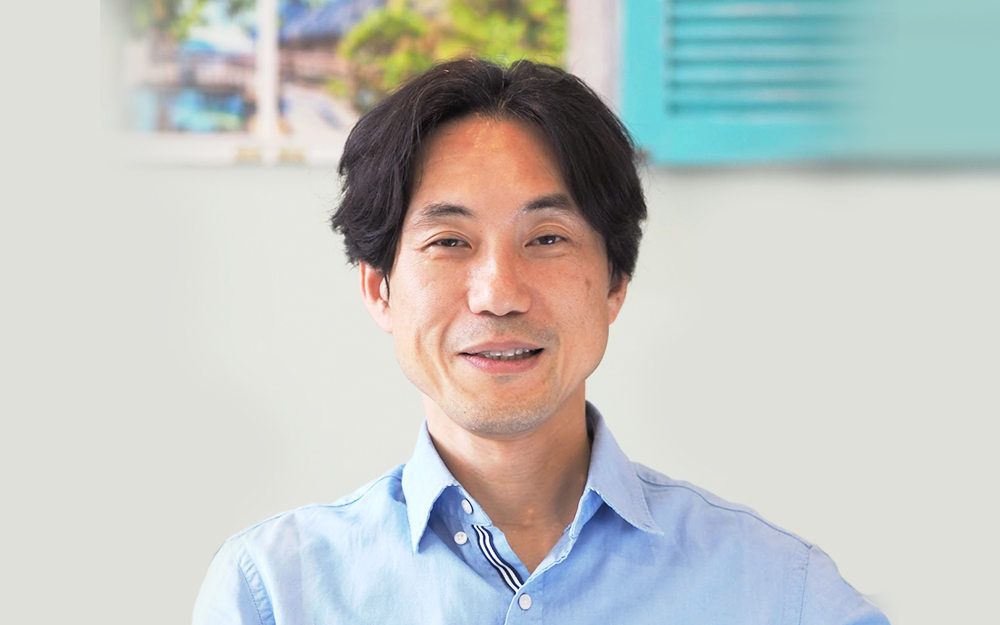
Knee joint
Anterior cruciate ligament (ACL) rupture is one of the most common injuries in the sports trauma. Ligament reconstruction is generally performed for ACL injury. Thanks to advancement in anatomical studies and improvement of instruments, reconstructed graft is biomechanically and morphologically quite close to the normal ACL, and furthermore, most players can return to the previous sports activity level. However, many unsolved problems remain such as graft rupture, tunnel enlargement, long sports-restricted period, graft harvest site morbidity, and muscle weakness. Some problems can be improved by brush-up of rehabilitation program and use of bone-patellar tendon-bone graft, allograft or artificial ligament completely different from the conventional one. Now, I expect an up-coming biological break-through for graft remodeling, though there are no remedies for early return to play.